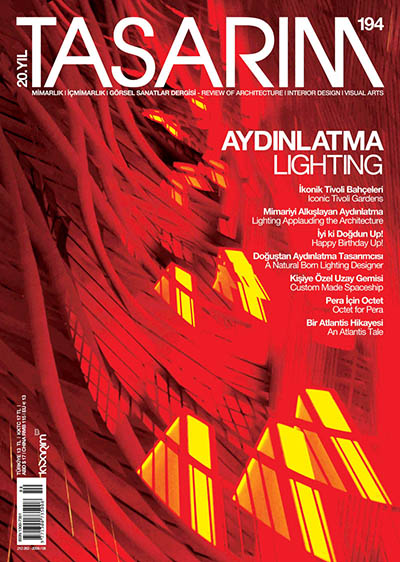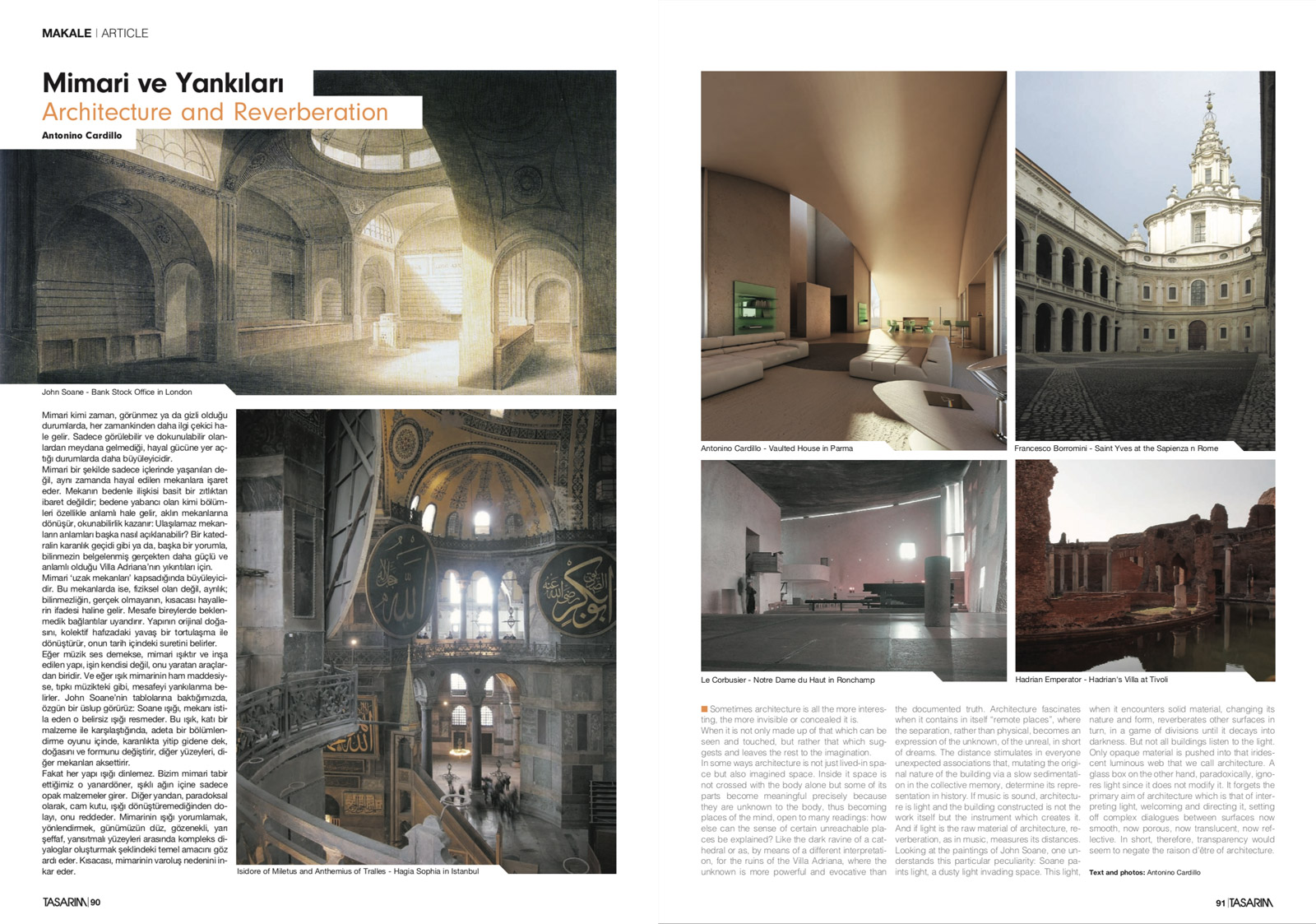
Article
Antonino Cardillo
Sometimes architecture is all the more interesting, the more invisible or concealed it is. When it is not only made up of that which can be seen and touched, but rather that which suggests and leaves the rest to the imagination. In some ways architecture is not just lived-in space but also imagined space. Inside it space is not crossed with the body alone but some of its parts become meaningful precisely because they are unknown to the body, thus becoming places of the mind, open to many readings: how else can the sense of certain unreachable places be explained? Like the dark ravine of a cathedral or as, by means of a different interpretation, for the ruins of the Villa Adriana, where the unknown is more powerful and evocative than the documented truth.
Architecture fascinates when it contains in itself ‘remote places’, where the separation, rather than physical, becomes an expression of the unknown, of the unreal, in short of dreams. The distance stimulates in everyone unexpected associations that, mutating the original nature of the building via a slow sedimentation in the collective memory, determine its representation in history. If music is sound, architecture is light and the building constructed is not the work itself but the instrument which creates it. And if light is the raw material of architecture, reverberation, as in music, measures its distances.
Looking at the paintings of John Soane, one understands this particular peculiarity: Soane paints light, a dusty light invading space. This light, when it encounters solid material, changing its nature and form, reverberates other surfaces in turn, in a game of divisions until it decays into darkness. But not all buildings listen to the light. Only opaque material is pushed into that iridescent luminous web that we call architecture. A glass box on the other hand, paradoxically, ignores light since it does not modify it. It forgets the primary aim of architecture which is that of interpreting light, welcoming and directing it, setting off complex dialogues between surfaces now smooth, now porous, now translucent, now reflective. In short, therefore, transparency would seem to negate the raison d’être of architecture.

Architecture and reverberation, Tasarim, no. 194, pp. 90‑91.